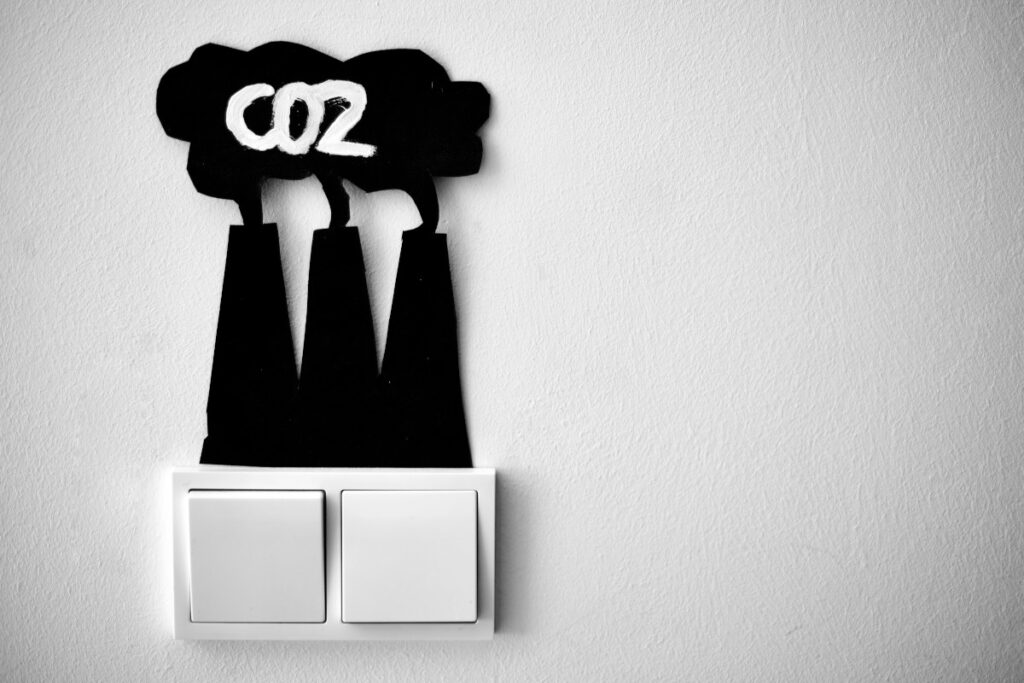Why businesses can no longer afford the linear model
By: Professor Dato Dr Ahmad Ibrahim

For centuries, the linear economic model – “take, make, waste” – reigned supreme. Businesses extracted raw materials, transformed them into products, sold them to consumers, and discarded the waste, viewing resources as infinite and landfills as bottomless. This model fuelled unprecedented industrial growth and consumer abundance. Yet, today, a profound and urgent shift is underway, compelling businesses to abandon linearity and embrace the circular economy. The reason is stark: the linear model is fundamentally broken, ecologically suicidal, and increasingly economically untenable. Resource sustainability is not merely “an issue”; it is the core crisis driving this transformation, inextricably linked to the overwhelming pressure to decarbonize.
The linear model suffers from catastrophic flaws that are now reaching critical mass. The model assumes an endless supply of cheap virgin resources. Reality tells a different story. Critical minerals, fossil fuels, fertile topsoil, fresh water, and even sand are being depleted at alarming rates. Shortages drive price volatility, supply chain disruptions, and geopolitical instability. Businesses built on cheap, abundant inputs face existential risk as those inputs become scarce and expensive. Extraction and processing ravage ecosystems, cause deforestation, biodiversity loss, and water pollution. Manufacturing consumes vast energy and emits greenhouse gases. Landfills leach toxins. Incineration pollutes the air. Plastic chokes oceans, breaking down into microplastics entering the food chain. The linear model externalizes these environmental costs, treating the planet as a free dumping ground – a cost to society and, increasingly, businesses themselves are forced to bear.
The linear model is inefficient. An estimated 90%+ of raw materials used in manufacturing become waste before the product even leaves the factory. Designing products to become obsolete quickly further accelerates this waste stream. This represents trillions of dollars of embedded energy, labour, and materials literally thrown away, a colossal economic loss. Businesses reliant on virgin resources are hostages to volatile global commodity markets and fragile, often geographically concentrated, supply chains. Geopolitical conflicts, trade disputes, or environmental disasters can cripple production overnight. The linear model breeds systemic fragility.
Resource sustainability is the driver forcing the circular transition. The linear model’s assumption, infinite resources, is proven false. We live on a finite planet. The UN estimates global material use has tripled since 1970 and could double again by 2060. This trajectory is impossible to sustain. We are approaching, or have passed, peak extraction rates for numerous critical resources. Securing reliable, affordable supplies is becoming a primary competitive battleground. Businesses that decouple growth from virgin resource consumption gain crucial strategic resilience. It is no longer just about environmental ethics; it’s about resource security and economic stability. Circular strategies are about keeping materials in use through reuse, repair, remanufacturing, and recycling. They create closed-loop systems that reduce dependence on volatile virgin markets. The circular economy reframes “waste” as a design flaw and a valuable feedstock. Landfills become the mines of the future. Businesses that learn to recapture and regenerate these materials can unlock new value streams and reduce extraction pressures.
While resource depletion is critical, the pressure to decarbonize acts as a powerful accelerant. A significant portion (often 50-80%) of a product’s total carbon footprint comes from the extraction and processing of raw materials and manufacturing – the “take” and “make” phases. Discarding products prematurely wastes this embodied carbon. Circular strategies dramatically reduce the need for carbon-intensive virgin material extraction and processing. Remanufacturing a product typically uses 50-80% less energy than making a new one from scratch. Landfills are major emitters of methane, a potent greenhouse gas (GHG). Incineration releases CO2 and other pollutants. Reducing waste generation through circular design directly reduces these emissions.
Governments worldwide are implementing stringent carbon pricing mechanisms (taxes, cap-and-trade), extended producer responsibility (EPR) laws forcing companies to manage end-of-life products, and outright bans on single-use plastics. Investors and consumers increasingly demand low-carbon products and sustainable practices. The linear model, with its high virgin material use and waste generation, inherently carries a heavy carbon burden and associated financial and reputational risks. The shift to renewable energy and electrification requires vast amounts of critical minerals. Recovering these minerals from end-of-life products (e.g., EV batteries, solar panels) – is essential to meet this demand sustainably and reduce the carbon footprint of the energy transition itself.
The transition requires fundamental rethinking. Design for circularity is one. Products must be designed from inception for durability, repairability, disassembly, and recyclability. Use modular components, non-toxic materials, and standardized parts. The new business models call for a shift from selling products to selling services (leasing, “product-as-a-service”). This incentivizes durability, maintenance, and end-of-life recovery. Examples include Philips’ “Light as a Service” or Rolls-Royce’s “Power by the Hour” jet engines. We need to build robust systems to collect used products (take-back schemes) and efficiently disassemble, refurbish, remanufacture, or recycle them. Invest in advanced sorting and recycling technologies. Collaborative ecosystems would be helpful. No company is an island. Collaborate across the value chain – suppliers, distributors, competitors, recyclers – to create closed-loop systems. Share infrastructure and knowledge. Use IoT sensors for tracking products and materials, AI for optimizing reverse logistics and sorting, and blockchain for material provenance and tracking.
The linear “take, make, waste” model is not merely inefficient; it is an ecological and economic dead end. Its inherent flaws – resource depletion, environmental devastation, economic waste, and systemic vulnerability – are now colliding with the planetary boundaries of a finite world. Resource sustainability is the core imperative, demanding we break the link between economic growth and virgin resource consumption. Simultaneously, the existential crisis of climate change, translating into intense decarbonization pressures.

The author is affiliated with the Tan Sri Omar Centre for STI Policy Studies at UCSI University and is an associate fellow at the Ungku Aziz Centre for Development Studies, Universiti Malaya.

Circular is always much better.